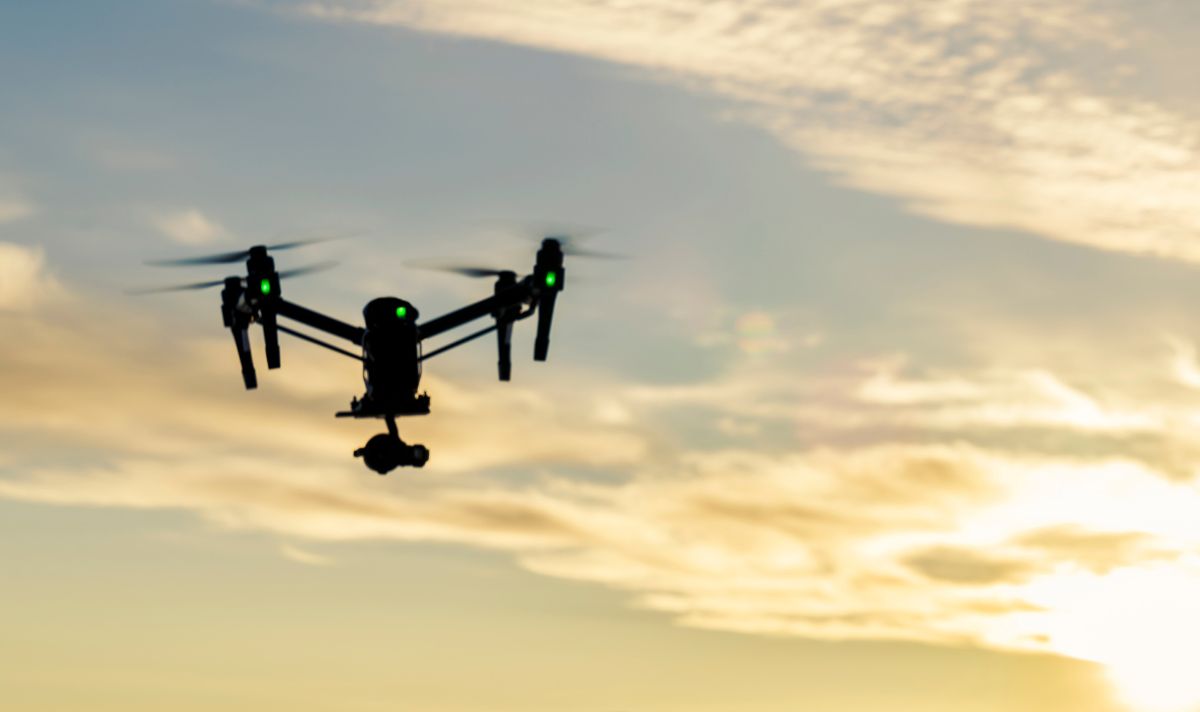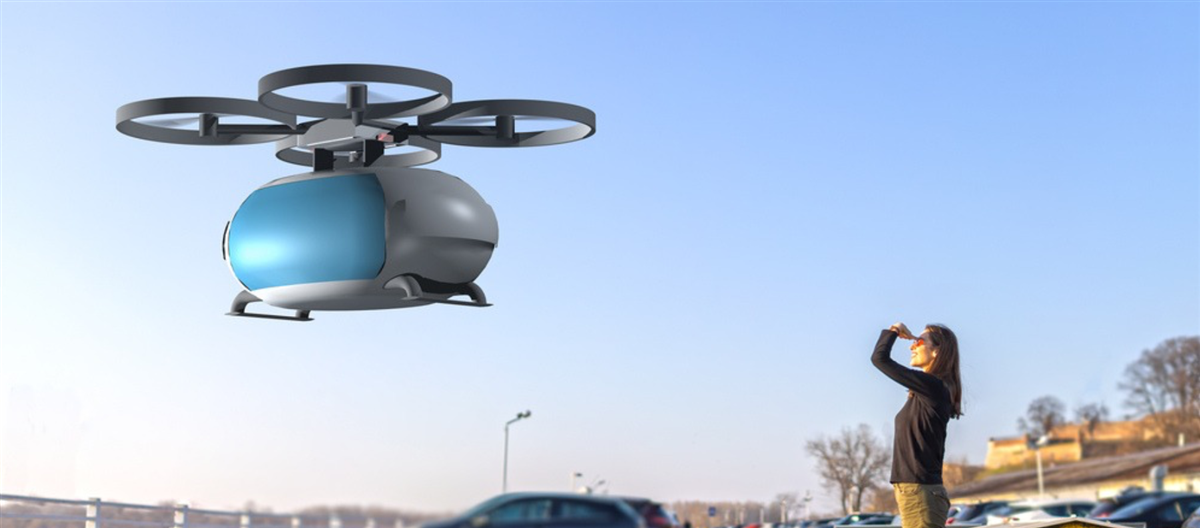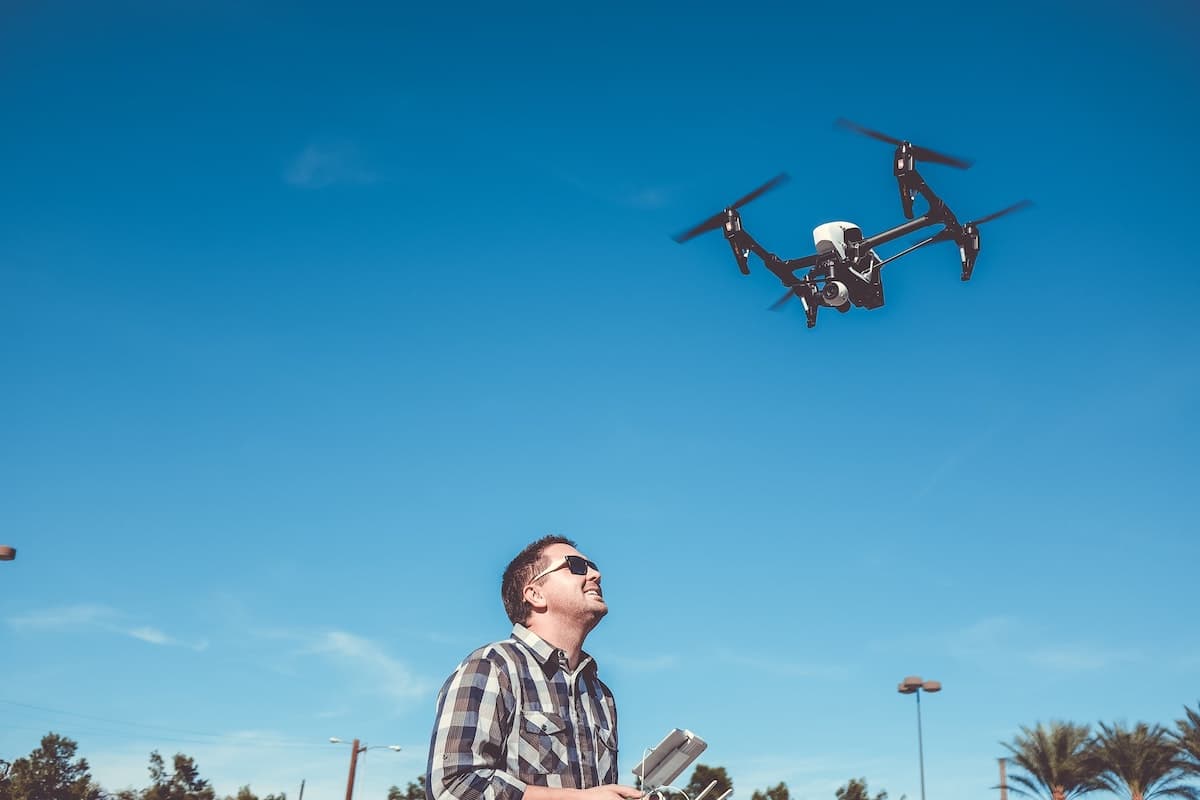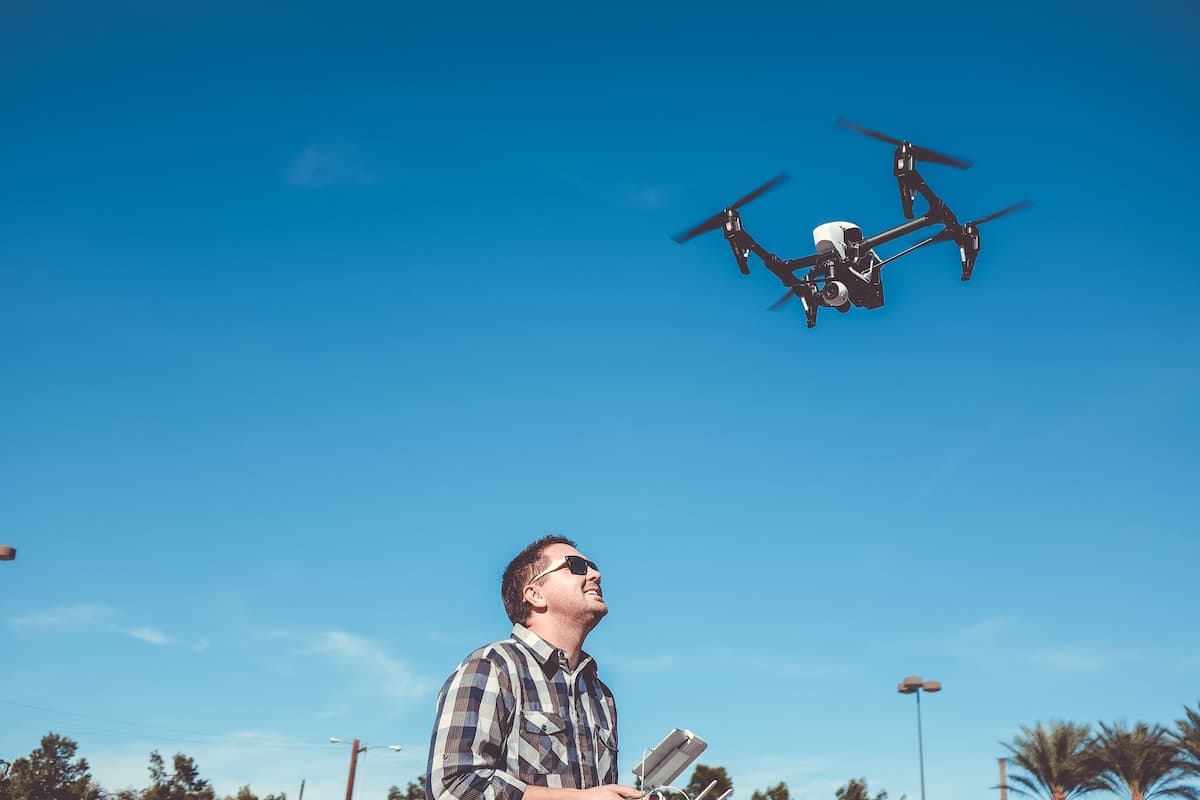Drone sightings around the world are on the rise, sparking concerns about safety, security, and the future of airspace management. From hobbyist flights to potential threats, understanding the global distribution of these sightings, the types of drones involved, and the reasons behind them is crucial. This exploration dives into the data, examining the frequency of sightings across different regions, the capabilities of various drone models, and the responses from governments and authorities worldwide.
We’ll investigate the diverse motivations behind drone operations, ranging from legitimate commercial uses to illicit activities. We’ll also explore the impact of these sightings on various sectors, including aviation, national security, and public safety, and discuss the technological and regulatory advancements being implemented to address the challenges posed by unauthorized drone activity.
Global Drone Sightings: A Worldwide Perspective

Drone sightings are becoming increasingly common across the globe, raising concerns about safety, security, and privacy. This article provides a comprehensive overview of the global distribution of drone sightings, the types of drones involved, the reasons behind them, and the impact and responses to these events. We’ll explore geographical variations, technological advancements, and future trends in this rapidly evolving field.
Global Distribution of Drone Sightings

The frequency of reported drone sightings varies significantly across the globe, influenced by factors such as population density, technological adoption, regulatory frameworks, and geopolitical situations. A visual representation would show a world map with color-coded regions indicating the density of reported sightings, with darker shades representing higher frequencies. For instance, areas with significant air traffic or proximity to sensitive infrastructure, like airports or military bases, would likely exhibit higher sighting frequencies.
| Country | Number of Sightings (Example Data) | Most Frequent Drone Types | Contributing Factors |
|---|---|---|---|
| United States | 15,000 | DJI Mavic, DJI Phantom | High drone adoption, large airspace |
| China | 12,000 | DJI Mavic, Autel Robotics EVO | Rapid technological advancements, large population |
| United Kingdom | 8,000 | DJI Mavic, DJI Phantom | Stricter regulations, dense population |
| Germany | 6,000 | DJI Mavic, Parrot Anafi | Growing drone industry, significant air traffic |
| Canada | 5,000 | DJI Mavic, Autel Robotics EVO | Large land area, significant recreational use |
Geographical factors like urban density, proximity to airports, and the presence of sensitive infrastructure heavily influence sighting frequency. Variations in reporting rates across countries are attributable to differences in reporting mechanisms, legal frameworks, and public awareness. Countries with robust reporting systems and stricter regulations may see higher reported numbers, while others may have underreporting due to lack of awareness or enforcement.
Types of Drones Sighted
A wide range of drone types are involved in reported sightings, each with unique capabilities and applications. These can be broadly categorized based on size, features, and intended use.
| Drone Type | Size (approx.) | Range (approx.) | Payload Capacity (approx.) |
|---|---|---|---|
| Small Consumer Drones | 10-20 cm | 2-5 km | 0.5-2 kg |
| Larger Commercial Drones | 30-50 cm | 10-20 km | 5-20 kg |
| Military Drones | Variable | Variable | Variable |
| Racing Drones | 15-25 cm | 1-2 km | 0.2-1 kg |
Commonly sighted models include the DJI Mavic series, known for their portability and camera quality; the DJI Phantom series, a popular choice among hobbyists; and the Autel Robotics EVO series, appreciated for its long flight time. These drones vary significantly in capabilities, from simple photography to advanced mapping and surveillance functionalities. The size, range, and payload capacity directly impact the potential risks associated with unauthorized operation.
Reasons for Drone Sightings, Drone sightings around the world

Drone sightings stem from a variety of reasons, spanning civilian, military, and unknown origins. Understanding these motivations is crucial for developing effective countermeasures.
Drone sightings are on the rise globally, sparking concerns about privacy and security. If you’re curious about words related to this growing technology, check out this list of 10 letter words that start with ai – it might surprise you how many there are! Understanding the vocabulary surrounding drones is key to following the ongoing discussions about their impact on our world.
- Civilian: Recreational activities, aerial photography, commercial applications (delivery, inspection).
- Military: Surveillance, reconnaissance, training exercises.
- Unknown: Unidentified drones, potential illicit activities (smuggling, espionage).
Unauthorized drone operations pose risks to air traffic safety, national security, and public safety. For instance, drones interfering with airport operations can cause significant delays and potential accidents. The motivations behind drone use vary widely, ranging from harmless hobbyist activities to malicious intent, requiring a multi-faceted approach to regulation and response.
Drone sightings are becoming increasingly common globally, raising concerns about security and privacy. To understand the complexities, let’s look at a specific example: regulations and usage surrounding drone in Paris , which offer a microcosm of the larger international issues. These local regulations and experiences often provide valuable insights into broader trends in drone sightings worldwide, helping us anticipate future challenges.
Impact and Responses to Sightings
Drone sightings have significant implications across various sectors. Effective responses require a coordinated effort from multiple stakeholders.
| Country | Regulatory Approach | Law Enforcement Response | Technological Countermeasures |
|---|---|---|---|
| United States | FAA regulations, registration requirements | Drone detection systems, pilot identification | Drone detection and jamming technology |
| United Kingdom | CAA regulations, drone safety awareness campaigns | Police investigations, drone seizures | Counter-drone systems in sensitive areas |
| Canada | Transport Canada regulations, pilot licensing | Enforcement through fines and penalties | Investment in drone detection technology |
Successful strategies for mitigating risks involve a combination of robust regulations, public awareness campaigns, and technological countermeasures. These include advanced drone detection systems, GPS jamming, and net-based capture systems. A collaborative approach involving government agencies, law enforcement, and technology developers is essential for addressing the challenges posed by unauthorized drone activity.
Future Trends and Predictions
The future of drone technology will significantly influence the frequency and nature of drone sightings. Advancements in AI and machine learning will play a crucial role in detection and management.
The increasing sophistication of drones, coupled with the rise of AI-powered autonomous flight capabilities, will likely lead to more complex scenarios requiring more advanced detection and mitigation strategies. Imagine a future where swarms of autonomous drones are used for various purposes, posing challenges to air traffic management and national security. This necessitates the development of robust AI-based systems for drone identification, tracking, and neutralization, along with sophisticated regulatory frameworks to manage the risks associated with this widespread drone usage.
Closing Summary: Drone Sightings Around The World
The increasing prevalence of drones globally presents both opportunities and challenges. While offering innovative solutions across various industries, their unregulated use poses significant risks. Understanding the global landscape of drone sightings, analyzing the motivations behind them, and implementing effective regulatory frameworks and technological countermeasures are vital steps toward ensuring safe and secure airspace for everyone. The future of drone technology and its impact on society remains dynamic, necessitating continuous adaptation and collaboration among stakeholders.
FAQ Section
What are the most common types of drones involved in sightings?
Consumer drones (like DJI Mavic and Phantom models) are frequently sighted, along with larger commercial and industrial drones used for tasks like photography, delivery, and infrastructure inspection.
With drone sightings popping up everywhere lately, from city skylines to rural landscapes, it’s worth considering how these devices might be impacting local Wi-Fi networks. If you’re experiencing interference, figuring out if you’re on the 2.4GHz or 5GHz band can help troubleshoot. Learn how to check by following this guide on how to check your wifi ghz on iphone , then you can better understand potential sources of interference from those increasingly common drone sightings.
How are drone sightings reported?
Methods vary by country. Some countries have dedicated reporting systems, while others rely on law enforcement agencies or air traffic control to receive reports from the public.
What penalties can someone face for illegally operating a drone?
Penalties range widely depending on location and the nature of the violation, from fines to imprisonment. Regulations are constantly evolving.
Are there international agreements on drone regulations?
While there’s no single global treaty, many international organizations are working to harmonize drone regulations and promote safe drone operations across borders.
